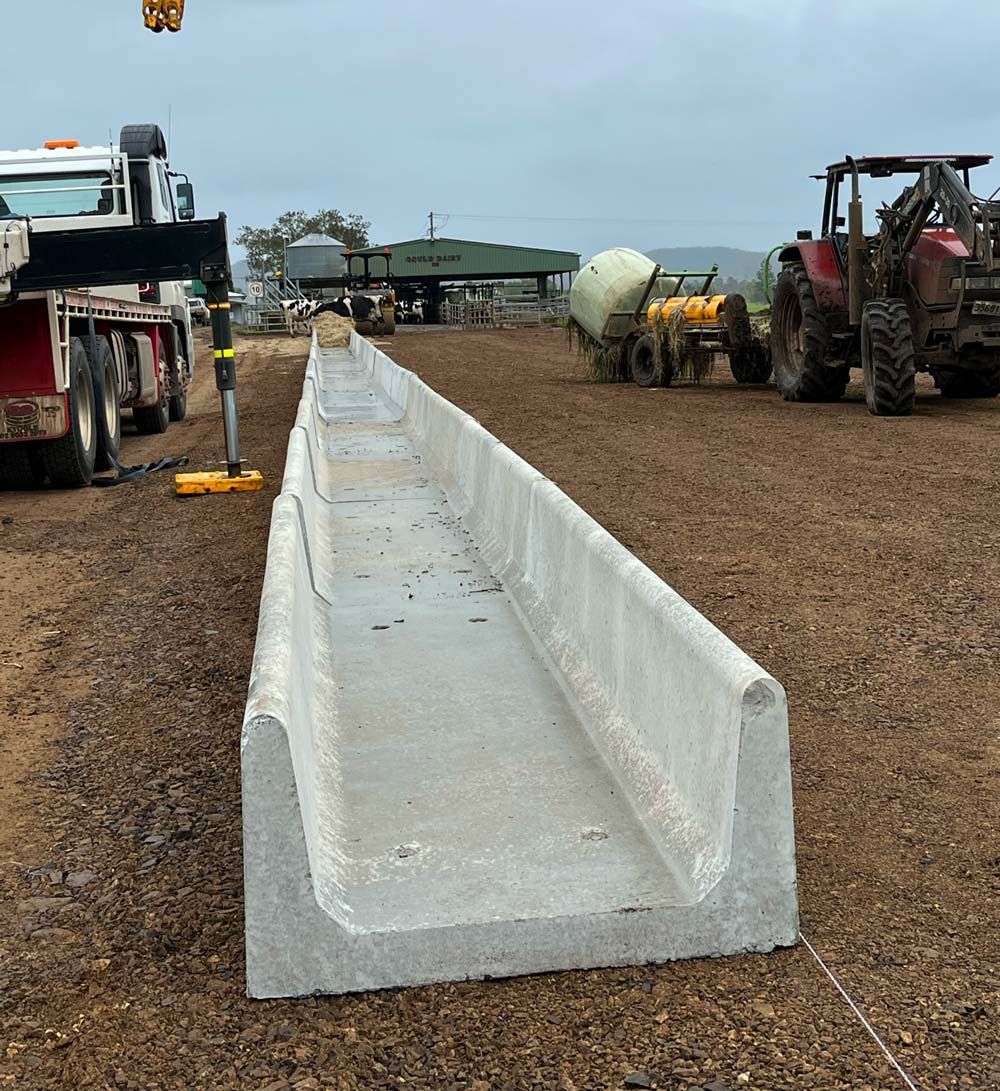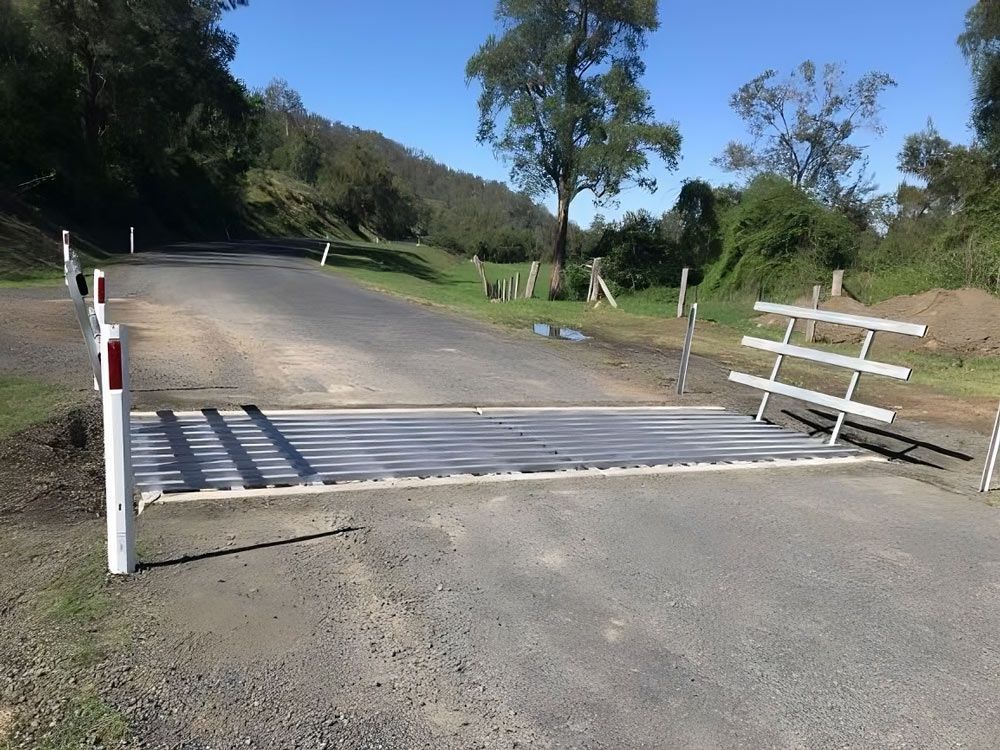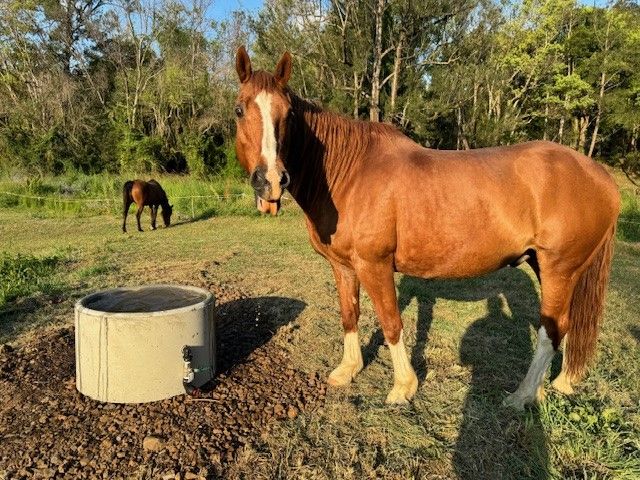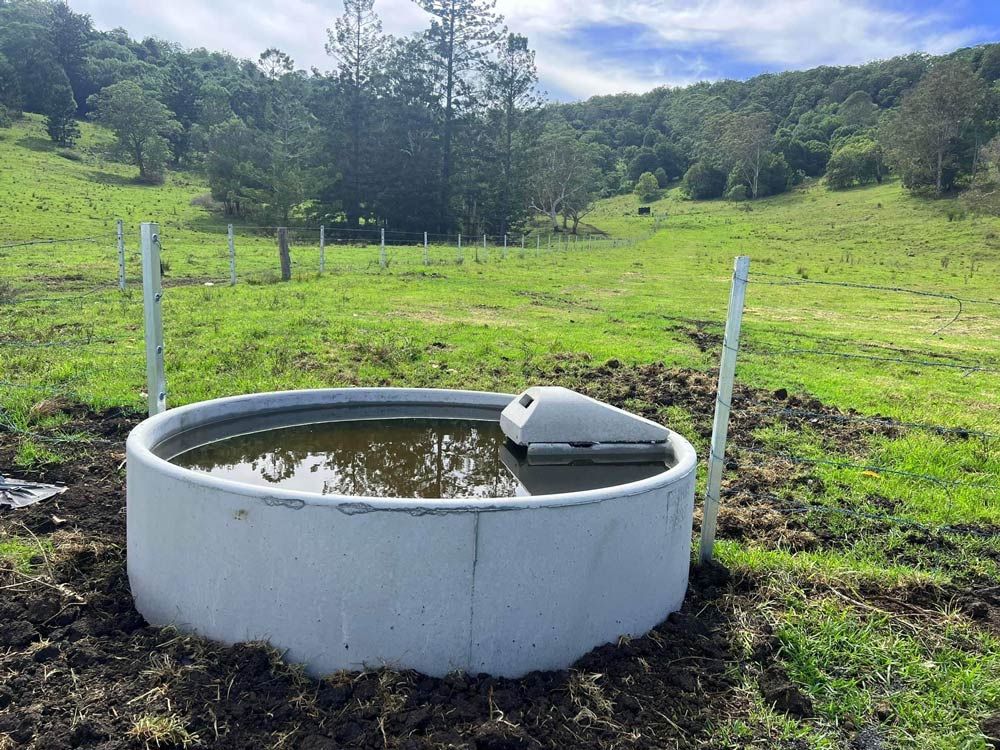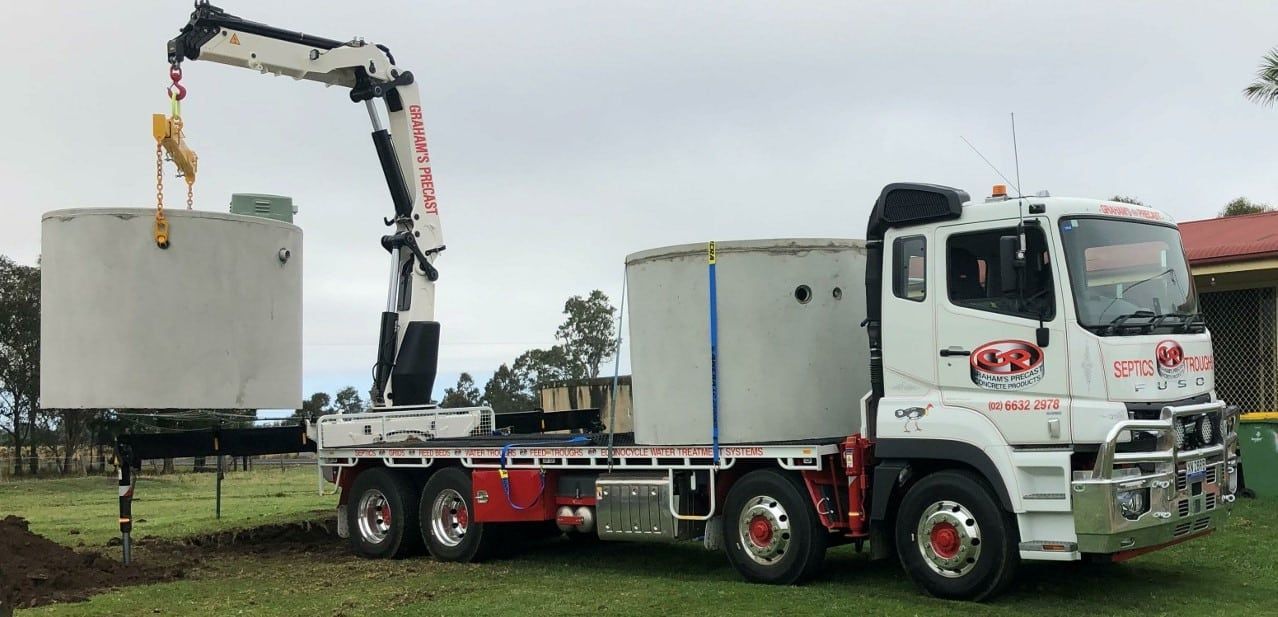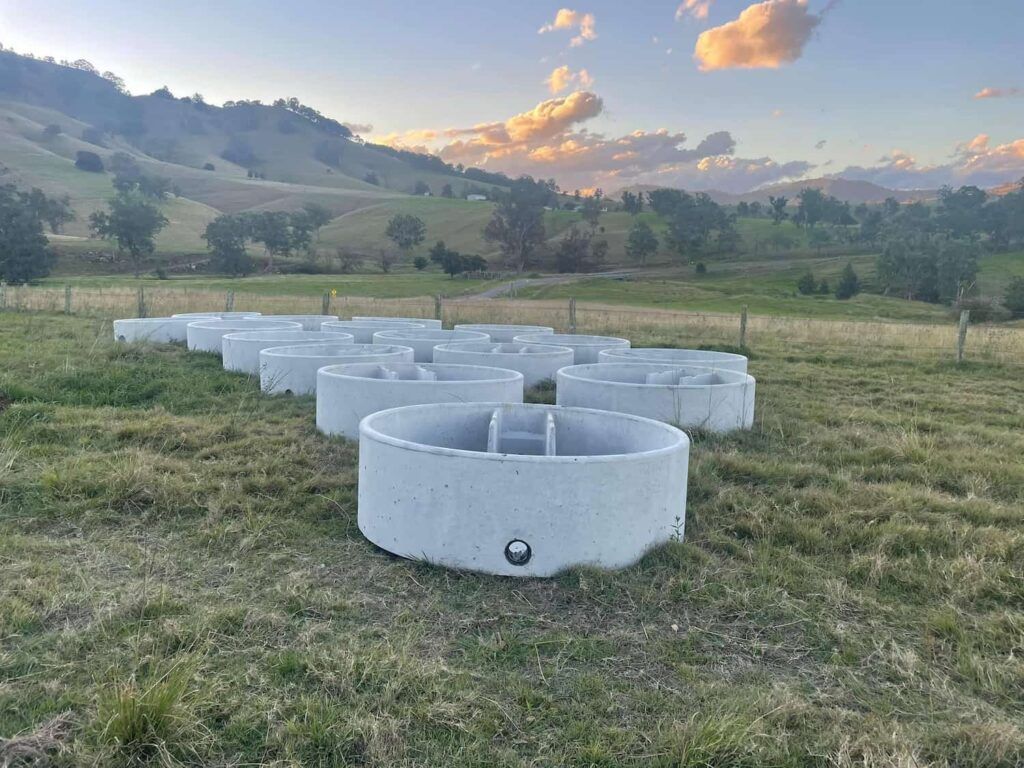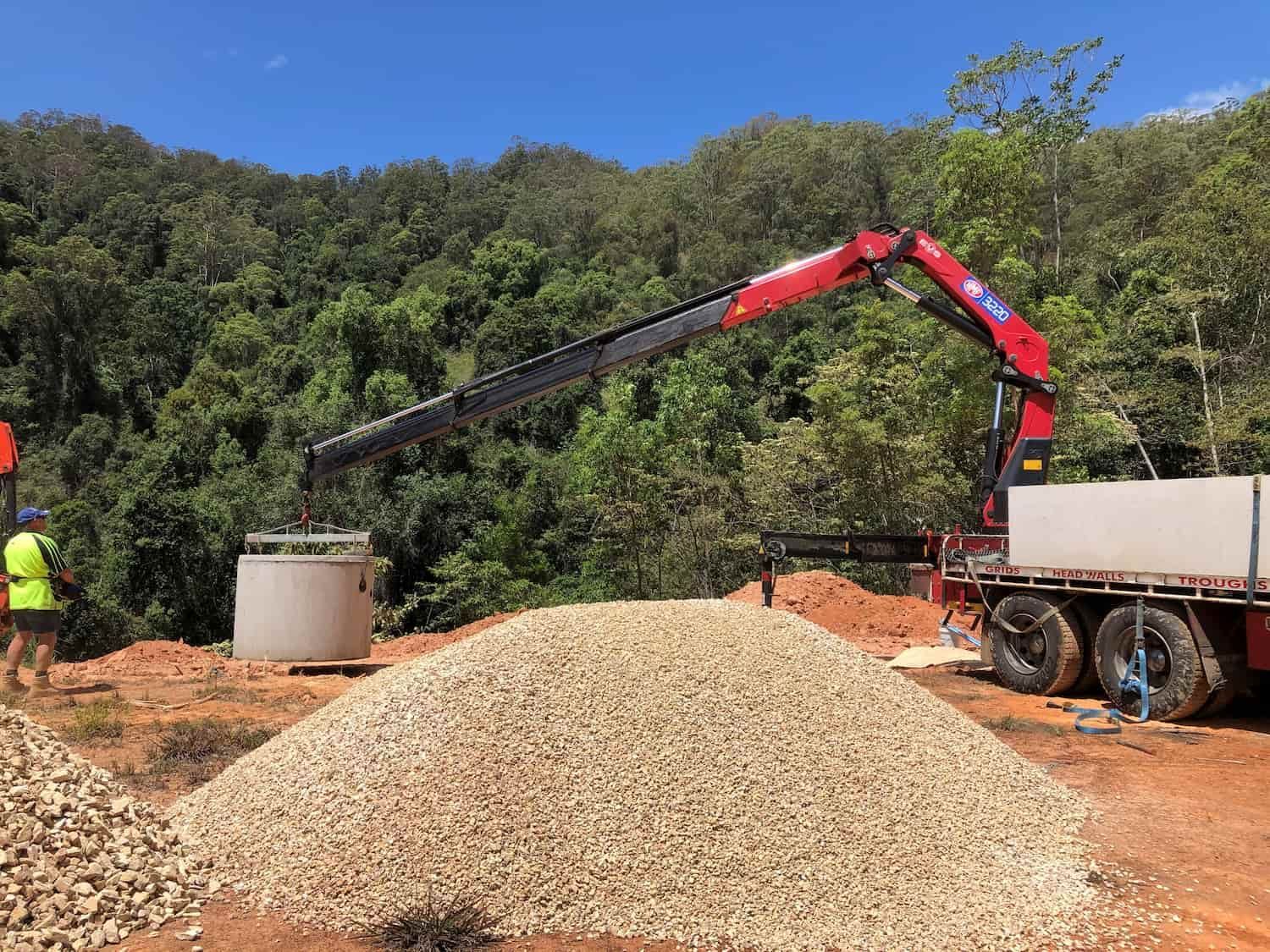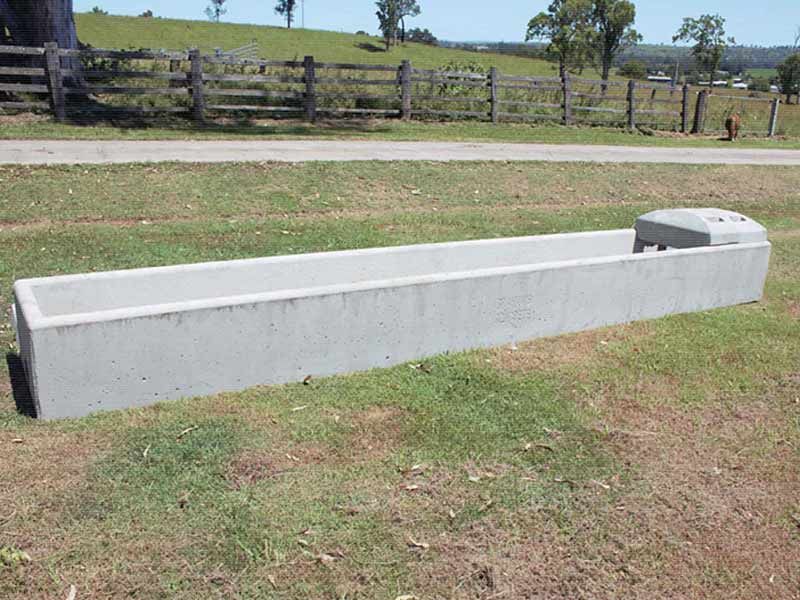How Does A Concrete Septic Tank Work?
While concrete septic tanks may be less common in cities or built-up areas, the use of these vital wastewater treatment systems is a must for rural or less-connected parts of Australia
.
Concrete septic tanks provide an effective way to handle waste where a centralised sewer system doesn’t exist. As a long-lasting and practical choice of material, concrete septic tanks can provide a solution for wastewater that lasts many years following installation.
If you’d like to upgrade to a new septic system or you’re curious about how a concrete septic tank works, we’ve covered all you need to know below:
Keep reading or give us a call on 02 6632 2978 for further information!
How Does A Concrete Septic Tank Work?
Much like any other septic tank, a concrete septic tank works by taking waste and sewage from the home and effectively disposing of it safely away from your property. If you’ve lived in rural properties before, you have likely used a septic system if no centralised sewage is available. The ultimate objective of a septic tank is to allow for the disposal of waste without it reaching and contaminating the groundwater underground.
Effectively, a concrete septic tank acts as a miniature version of a full-scale sewage system. Instead of pumping waste into a regulated network of pipes, waste goes into a wastewater treatment tank. Once the water has been treated and made safe, it outflows into a drain field to absorb over time naturally.
A concrete septic tank generally follows this process:
- Wastewater from your bathrooms and kitchen diverts into a single main drainage pipe below your home, which leads directly into the septic tank.
- The septic tank processes any wastewater that enters the system, allowing sludge to settle at the bottom and oil and grease scum to rise to the top.
- Any treated wastewater drains from the septic tank into a secondary porous system, known as a drain field.
- The drain field leaches the treated water safely into the soil, eventually leading to the groundwater below without any of the risks of untreated sewage.
Where Does Septic Waste Go?
The purpose of a concrete septic tank is to store septic waste, digest organics and separate out oils and grease. Following processing, the scum and sludge remain in the top and bottom of the tank. The now-treated wastewater leaves the septic tank via an outlet pipe absorbed safely into the soil and ground.
While the water drains out of the tank over time, solid mater and floating materials remain. Usually, the removal of scum and sludge from the tank happens as part of regular maintenance. When cleaning occurs, a professional uses pumps to empty the septic tank and ensure any waste from the treatment process isn’t left behind – leaving your septic system in perfect condition to continue its work.
Please don’t hesitate to reach out to us for any concerns you may have.
How Often Does A Septic Tank Need To Be Pumped?
The time between pumping or emptying a concrete septic tank will vary depending on a few factors. Firstly, the usage of your concrete septic tank will make a difference in terms of how long between cleans. A single-person household may produce far less wastewater than a five-person household, for example.
Secondly, the size of your septic tank may play a role in how often you need to pump. A larger septic tank may be able to go more time between cleaning. By contrast, a smaller or older septic tank may require increased pumping frequency to keep everything running as it should be.
As a general rule, it’s a good idea to empty and pump your concrete septic tank once every three to five years. However, specific concrete septic tank manufacturers may have specifications for each model of tank they offer. It’s important to check the recommended maintenance for your particular model to ensure full functionality without the risk of overflow or poor operation.
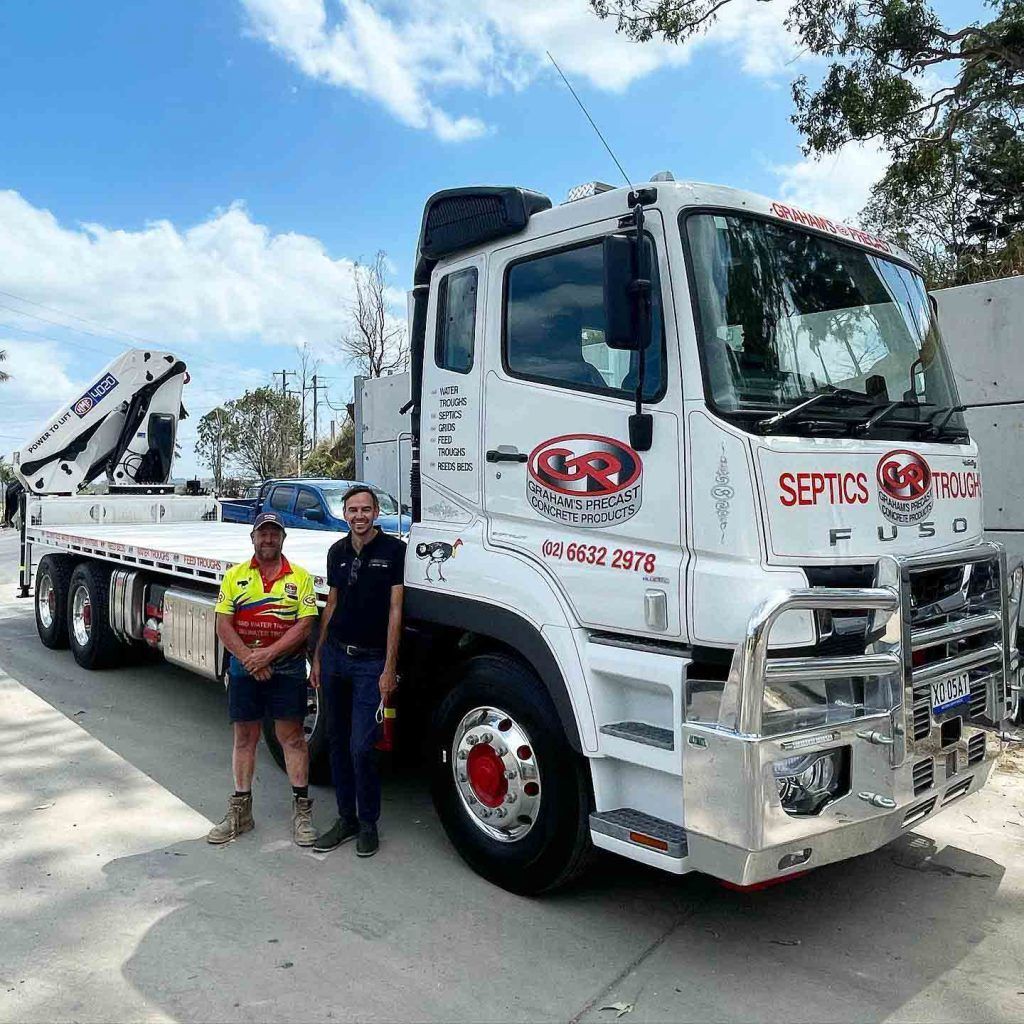
When Do You Need To Empty Septic Tanks?
As part of their design, concrete septic tanks need ongoing maintenance and scheduled emptying. When you have a new system installed, it’s a good idea to mark down when your system needs emptying next. Failure to empty a septic tank can lead to a whole host of problems, from nasty smells to costly repairs.
Ideally, you don’t want to wait for the signs of a full tank before you consider hiring a professional to clean and empty your system. Having a reliable schedule for emptying your septic tank can prevent issues from arising and ensure your tank is fully operational year-round. The last thing you want is a full septic tank that isn’t working during a period of bad weather or a time where services may not be available to you immediately.
What Are The Signs A Septic Tank Is Full?
Perhaps you’ve moved into a property and inherited a septic system. Or maybe you’ve never considered the need to maintain your septic tank in the first place.
Whatever the reason, here are some of the signs that a septic tank is full:
Pools of Water Around Septic Tank
Pooling water is a strong sign that your septic tank isn’t doing its job. If you see a lot of water around the drain field for your tank, this can suggest a full capacity.
Slow Draining
If your sinks and tubs are draining far more slowly than usual, this could be due to a full system or a clog. If drain cleaner doesn’t fix the problem, you may need to clean out your septic tank sooner rather than later.
Strong Sewage Smells
A strong scent of sewage from wastewater is one of the less-palatable signs of a septic tank problem. If your tank is full, there may be an overflow of untreated water in and around the septic tank area.
Healthier Lawn Over Septic Tank
Beautiful grass may seem like a good thing, but a suddenly verdant lawn can be a clear sign of a struggling septic tank.
If you notice one spot of your lawn is looking particularly healthy, this could mean an abundance of wastewater from an overflowing tank.
If you notice any of the above signs or have any concerns regarding your septic system, please give us a call on 02 6632 2978 or enquire online!
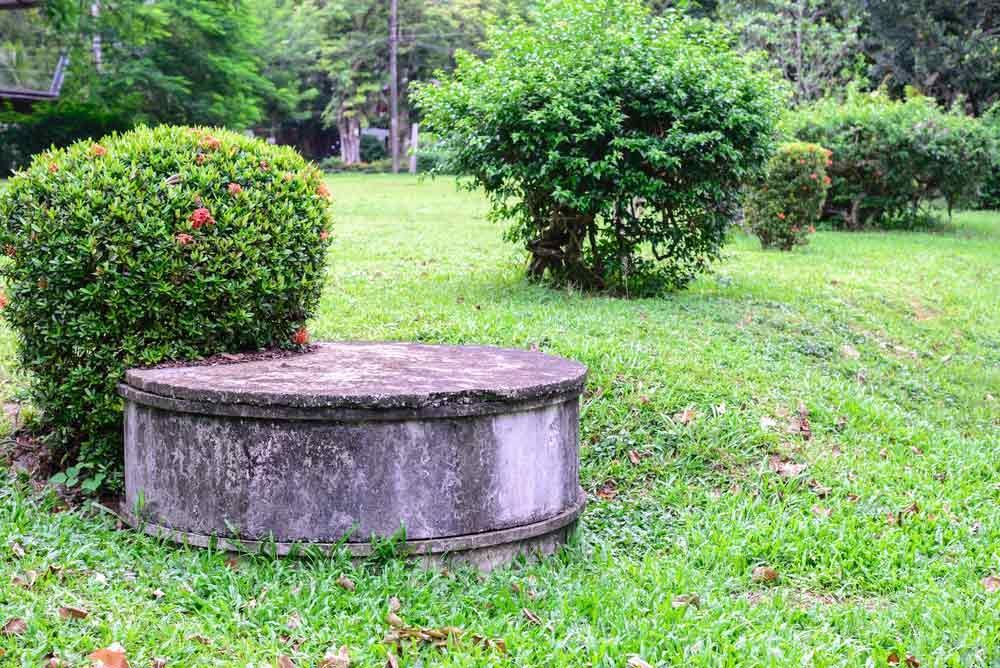
Contact Us
Are you considering upgrading your septic tank or getting a concrete septic tank installed?
Graham’s Precast Concrete Products Pty Ltd is the ideal solution for high-quality concrete septic tanks in Queensland and New South Wales. Get in touch today to find out more.
Enquire online or give us a call on 02 6632 2978 to get a quote!
